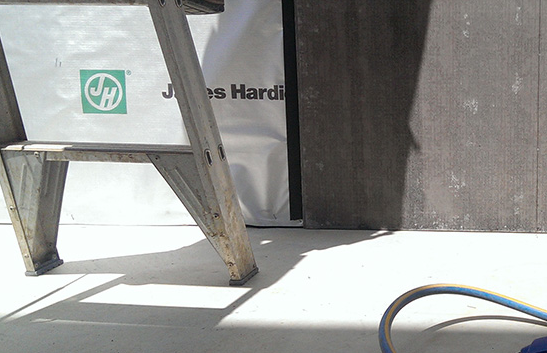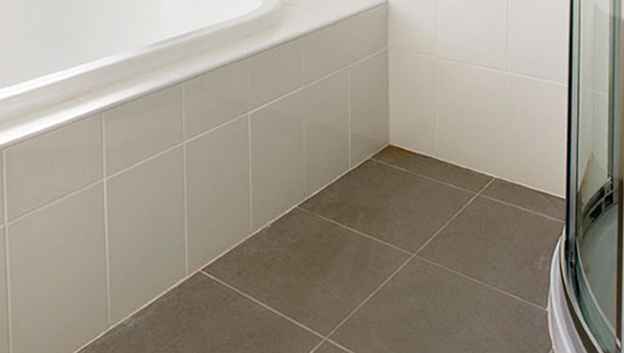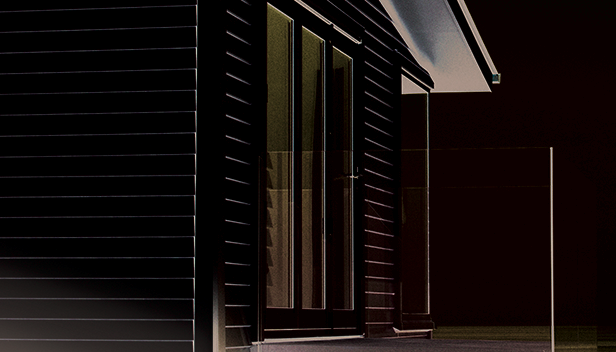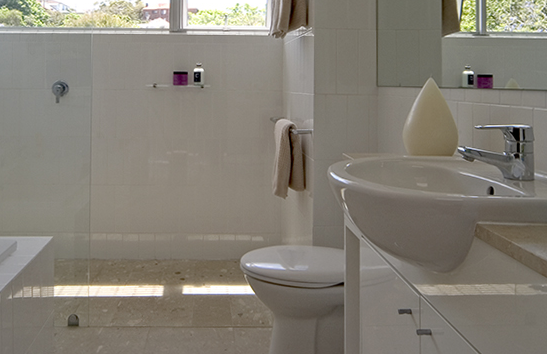
Premium vertically grooved pre-primed panels
A vertically grooved cladding panel that looks sharp and uniform. Pre-primed and easy to install, Scyon™ Axon™ cladding is a pristine look that lasts.
Suitable for modern design both internally and externally
Scyon™ Axon™ cladding can be used in residential applications wherever a modern design is required, including external walls in composite construction, upper-storey and ground-level extensions, and internal feature walls.
Heavy-duty performance and enhanced workability
- The stepped shiplap on the long edges of Axon™ cladding means sheets are easily installed. Paint application is fast because the pre-primed sheets mean less paint and time is needed to achieve a high-quality finish. Finally, sheets are sized to fit common wall frame sizes, which means less waste and cutting.
- Whether you choose the smooth or grained surface texture, the vertical grooves – sharp and consistent, are a design alternative to typical horizontal features. The option of brad nailing minimises visual interruption. Axon™ cladding can also be used to add texture as an eave or soffit lining. Made from Scyon,™ it will resist shrinking, swelling and cracking* to hold paint longer than wood and can therefore be painted dark as well as light colours.
- When Axon™ cladding is used with the right insulation and in accordance with the standard installation instructions, an R-Value of up to 2.8 can be achieved for the wall. Greater Total R-Values can be achieved through the use of cavity wall construction and reflective vapour permeable membranes. Refer to the James Hardie’s Wall System Thermal Performance Total R-Values Technical Supplement for more information.
- Axon™ cladding is made from Scyon,™ the advanced lightweight cement composite with heavy-duty performance. Not only is it resistant to damage from termites, rot and fire*, but it can also be gun nailed and is easy to cut – like timber.
Sizes

Scyon™ Axon™ cladding Installation diagram

* When installed and maintained correctly and to the extent set out in James Hardie’s published literature current at the time of installation.






